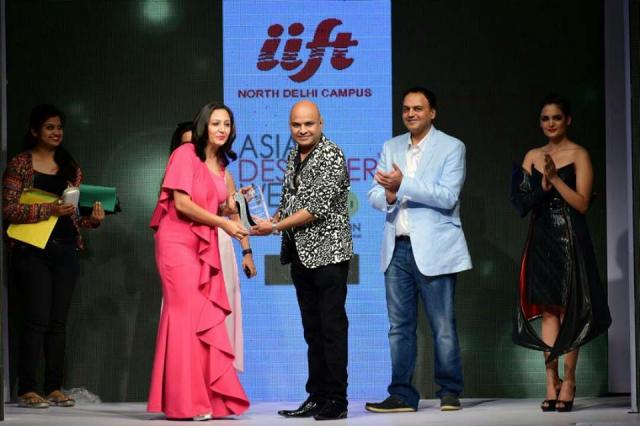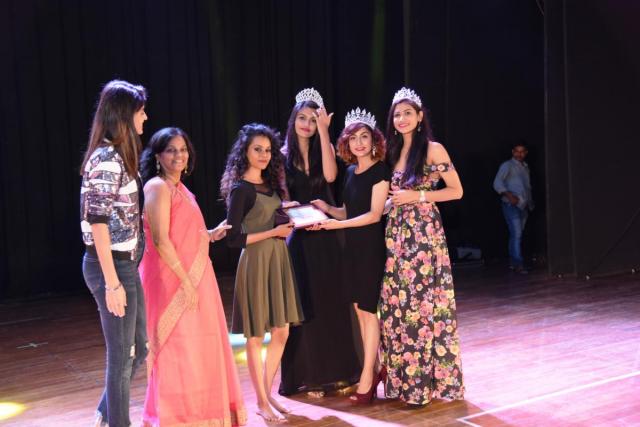Inter National Institute of Fashion Design (INIFD) Chandigarh has established itself as a prominent destination for design education since its inception in the institute's placement ecosystem reflects a consistent pattern across its diverse programs, with structured outcomes in both fashion and interior design domains. While specific recruiters vary annually, the institute maintains strong industry linkages that facilitate entry-level opportunities in retail, design firms, and event management sectors. The placement data reveals uniform outcomes across all certificate programs, indicating standardized recruitment processes and comparable industry demand for graduates. Below is a comprehensive overview of recent placement trends:
Table of Contents
INIFD-Placement Overview
| Branch/Course | Average Package (LPA) | Highest Package (LPA) | % Placed / No. Placed | College Average Placement (LPA) | Additional Info | Student Review on Placement Data |
| Advance Program in Fashion Design | 2.5-4 | 5-6 | 60-80% | 3.5 | Certificate | No data available |
| Foundation Program in Fashion Design | 2.5-5 | 5-7 | 60-80% | 3.5 | Certificate | No data available |
| Specialization Program in Fashion Design | 3.5-4 | 5.5-6 | 60-80% | 3.5 | Certificate | No data available |
| Foundation Program in Interior Design | 2.5-3 | 4.5-6 | 60-80% | 3.5 | Certificate | No data available |
| Advance Program in Interior Design | 3.5-6 | 4-6 | 60-80% | 3.5 | Certificate | No data available |
| Specialization Program in Interior Design | 2-4 | 5-6 | 60-80% | 3.5 | Certificate | No data available |
| Super Specialisation in Fashion Design | 2.5-4.5 | 5-7 | 60-80% | 3.5 | Certificate | No data available |
| Super Specialisation in Interior Design | 2.5-4 | 4.5-5.5 | 60-80% | 3.5 | Certificate | No data available |
INIFD-Key Placement Observations
The data indicates consistent outcomes across all eight certificate programs, with average packages ranging between ₹2.5-4 LPA and peak compensation reaching ₹5-6 LPA. Approximately 60-80% of graduates secure employment annually, though specific recruitment numbers remain undisclosed. The uniformity in outcomes suggests standardized skill development across programs, with no significant variation between fashion and interior design specializations.
INIFD-Career Development Framework
INIFD Chandigarh employs a multi-faceted approach to employability:
- Industry Workshops: Regular sessions with renowned designers provide practical exposure and networking opportunities
- Internship Focus: Mandatory industry internships form the primary pathway to employment rather than direct campus placements
- Skill Enhancement: Specialized modules in portfolio development, client presentation, and trend forecasting
- Retail Sector Alignment: Curriculum emphasizes retail management roles reflecting industry demand patterns
Graduates typically enter roles such as design assistants, visual merchandisers, and junior interior consultants, with select opportunities in fashion weeks and exhibition design.
INIFD-Industry Engagement and Recruiter Profile
The institute maintains ties with national brands and design houses, though formal placement reports don't disclose specific recruiter names. Sector-wise engagement includes:
- Retail Chains: Major apparel brands and home decor outlets
- Design Studios: Boutique firms specializing in residential and commercial spaces
- Event Management: Fashion week organizers and exhibition planners
- Manufacturing Units: Textile producers and furniture exporters
These partnerships facilitate project-based hiring rather than bulk recruitment, aligning with industry practices for design fields where portfolio demonstration often precedes formal offers.
INIFD-Design Education Context
INIFD's placement approach reflects broader trends in design education where:
- Certificate programs typically show lower placement rates than degree courses
- Metropolitan locations like Chandigarh offer greater access to design hubs
- Starting salaries in design fields generally range below engineering disciplines
- Industry exposure through internships remains crucial for career progression
The institute's emphasis on workshop-based learning with industry practitioners helps bridge the gap between academic training and market requirements, particularly in niche specializations. The placement landscape at INIFD Chandigarh demonstrates stable outcomes with consistent compensation patterns across programs. While formal placement reports show moderate recruitment percentages, the institute's workshop-driven approach and industry integration provide alternative pathways into design careers. The uniform outcomes across diverse programs suggest a standardized pedagogical framework effectively meeting current industry expectations for entry-level design roles.







